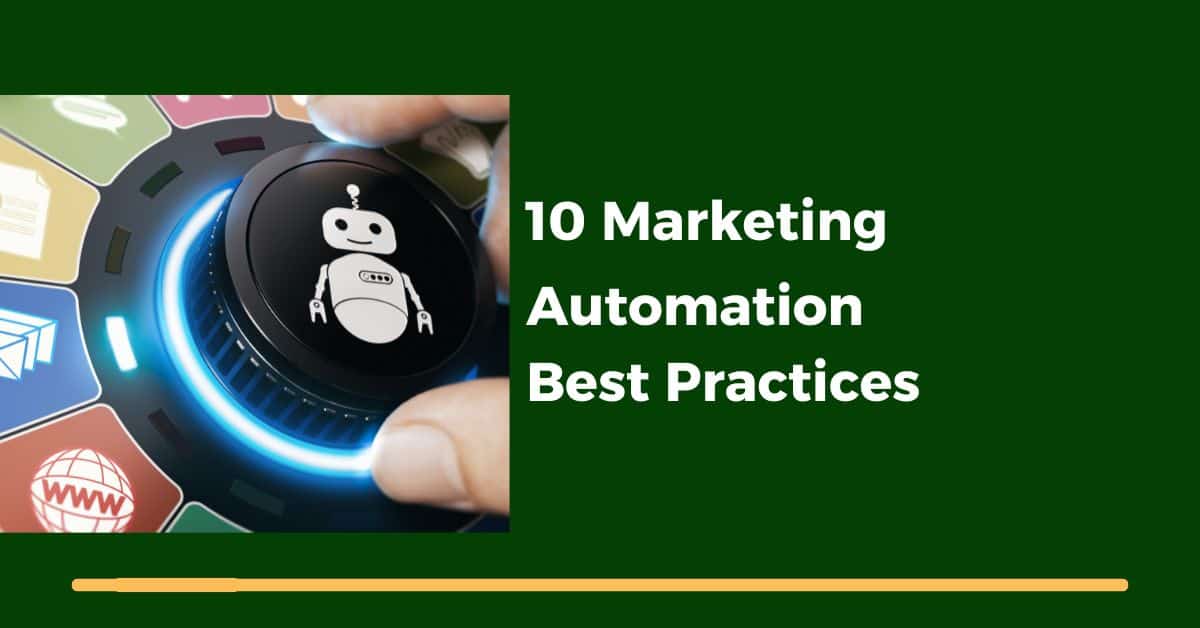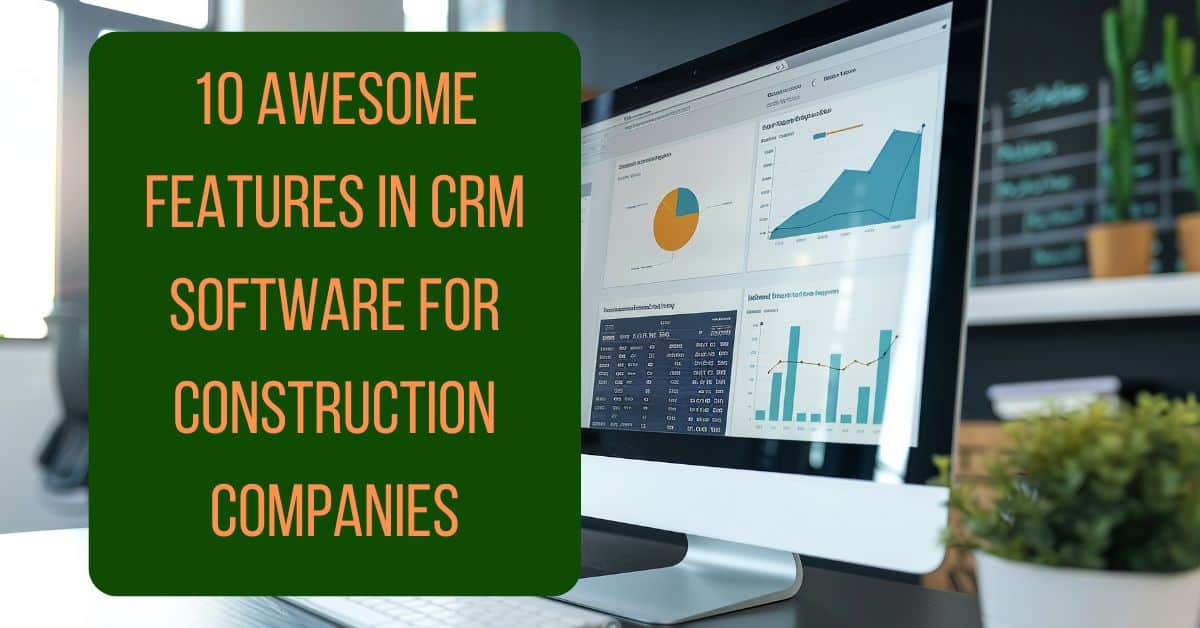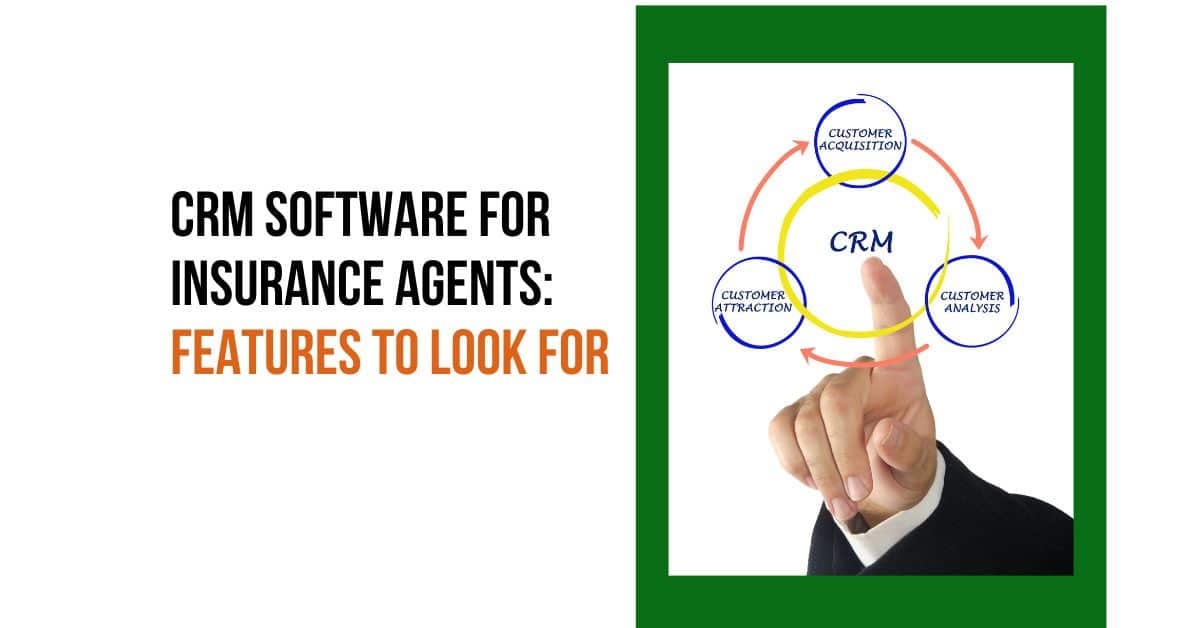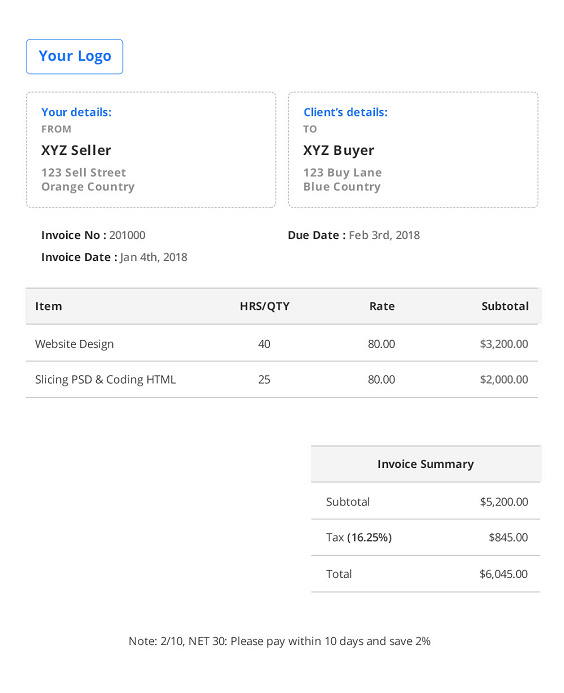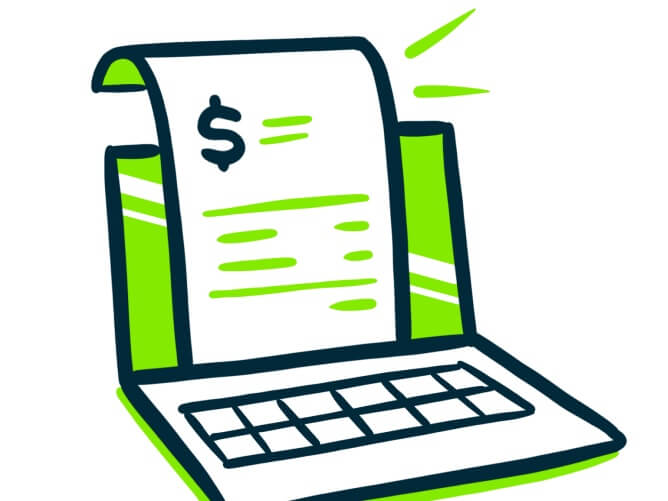Digital marketing is fast-paced, and staying ahead of the competition requires more than just a good product or service. It involves leveraging the best marketing automation practices to connect with potential customers in meaningful ways.
Marketing automation is a game-changer for businesses looking to streamline operations, enhance lead nurturing, and, most importantly, drive sales growth. By automating routine tasks and creating personalized experiences on a large scale, companies can concentrate on strategic initiatives that directly impact their bottom line.
In this blog post, we’ll dive into the best marketing automation strategies to elevate your sales performance. From mastering audience insights to fine-tuning email campaigns and leveraging analytics for continuous improvement, we’ll share actionable strategies to help you make the most of your marketing automation efforts.
Marketing Automation Best Practices
1. Understand Your Audience

One of the foundational steps in using marketing automation to drive sales is understanding your audience. Knowing who your customers are, what they need, and how they behave is essential for creating targeted and effective marketing campaigns.
Segment Your Audience
Use marketing automation tools to segment your audience based on behavior, demographics, purchase history, and other relevant factors. This allows you to create highly targeted campaigns that resonate with specific segments, increasing engagement and conversion rates.
Create Detailed Buyer Personas
Leverage automation tools to gather data and build comprehensive buyer personas. These personas should reflect the needs, preferences, and pain points of your ideal customers, guiding the development of personalized marketing messages.
Tailor Campaigns to Specific Segments
Use the data collected to customize your marketing campaigns for different audience segments. Personalized messaging is more likely to capture attention and drive action, ultimately leading to higher sales.
By thoroughly understanding your audience, you can create more targeted and effective marketing campaigns that resonate with your potential customers, fostering stronger connections and driving sales growth.
2. Create a Comprehensive Content Strategy
Content is at the heart of any successful marketing strategy. For marketing automation to be effective, it needs to be supported by a robust content strategy that guides prospects through the sales funnel.
Develop a Content Plan
Create a content plan that aligns with each stage of the buyer’s journey, from awareness to consideration to decision. Your content should address the specific needs and questions of your audience at each stage, helping to move them closer to a purchase.
Automate Content Distribution
Use marketing automation tools to schedule and distribute content across multiple channels, including email, social media, and your website. This ensures consistent messaging and helps keep your brand top-of-mind with potential customers.
Utilize Dynamic Content
Incorporate dynamic content into your automated campaigns to personalize messages based on user behavior and preferences. Dynamic content adjusts automatically, providing a more personalized experience that can boost engagement and conversion rates.
A comprehensive content strategy supported by automation helps nurture leads more effectively, turning prospects into loyal customers.
3. Use Lead Scoring to Prioritize Prospects
Not all leads are created equal. Some are more likely to convert than others, and identifying these high-potential prospects can significantly improve your sales outcomes.
Implement a Lead Scoring System
Set up a lead scoring system using your marketing automation platform. Assign scores to leads based on factors such as engagement level, demographic information, and purchasing intent. Higher scores indicate leads that are more likely to convert.
Prioritize High-Scoring Leads
Focus your sales efforts on high-scoring leads. These leads have shown a strong interest in your product or service and are more likely to convert, making them a priority for your sales team.
Refine Lead Scoring Criteria
Continuously refine your lead scoring criteria based on data and feedback. This ensures that your scoring system remains accurate and effective in identifying the most promising prospects.
By using lead scoring to prioritize prospects, you can optimize your sales efforts, focusing on leads that are most likely to result in conversions and driving increased sales.
4. Implement Drip Campaigns for Nurturing Leads
Drip campaigns are a powerful tool for nurturing leads over time, keeping them engaged and moving them through the sales funnel.
Set Up Automated Drip Campaigns
Use marketing automation to set up drip campaigns that automatically send targeted emails to leads based on their behavior and stage in the buyer’s journey. Drip campaigns can be used to educate, inform, and build trust with prospects.
Determine the Right Timing and Frequency
Carefully plan the timing and frequency of your drip campaigns to avoid overwhelming your audience. The goal is to stay top-of-mind without being intrusive.
Tailor Content to Each Stage of the Funnel
Customize the content of your drip campaigns to align with each stage of the sales funnel. Early-stage leads may receive educational content, while leads closer to conversion may receive special offers or product demonstrations.
Drip campaigns help maintain engagement with leads, nurturing them over time and increasing the likelihood of conversion.
5. Optimize Email Marketing Automation

Email remains one of the most effective channels for driving sales, and marketing automation can take your email campaigns to the next level.
Segment Email Lists
Segment your email lists based on factors like past behavior, purchase history, and engagement level. This allows you to send more targeted and relevant emails to each segment.
Personalize Email Content
Use personalization techniques to customize email content based on the recipient’s name, behavior, and preferences. Personalized emails are more likely to be opened and acted upon.
Automate Triggered Emails
Set up automated triggered emails that are sent based on specific actions taken by a lead, such as downloading a whitepaper or abandoning a shopping cart. Triggered emails have higher open and conversion rates compared to standard marketing emails.
By optimizing your email marketing automation, you can deliver more targeted and effective campaigns that drive sales growth.
6. Leverage Social Media Automation
Maintaining an active presence on social media is one of the crucial marketing automation best practices for engaging with potential customers and driving sales.
Automate Social Media Posts
Use marketing automation tools to schedule and publish posts across multiple social media platforms. This ensures a consistent presence and helps keep your audience engaged.
Monitor Social Media Engagement
Automate the monitoring of social media mentions, comments, and messages. This allows you to respond promptly to inquiries and engage with potential customers in real-time.
Utilize Social Listening Tools
Implement social listening tools to track conversations and trends related to your brand and industry. This information can be used to tailor your social media content and improve engagement.
Social media automation helps maintain a consistent presence and engage with potential customers, driving brand awareness and sales.
7. Align Sales and Marketing Teams
For marketing automation to be most effective, it’s crucial to align the efforts of your sales and marketing teams.
Facilitate Communication and Collaboration
Use marketing automation tools to facilitate communication between sales and marketing teams. Shared dashboards and reports can provide both teams with visibility into lead status and campaign performance.
Define Clear Roles and Responsibilities
Clearly define the roles and responsibilities of each team to avoid overlap and ensure a coordinated approach to lead nurturing and conversion.
Use Joint Metrics to Measure Success
Establish joint metrics that both sales and marketing teams are responsible for achieving, such as lead conversion rates or revenue targets. This fosters a sense of shared ownership and collaboration.
Aligning sales and marketing efforts ensures a more cohesive approach to lead nurturing and increases the chances of closing sales.
8. Use Analytics to Continuously Improve Campaigns

Data and analytics are among the essential marketing automation best practices for measuring the success of your marketing automation efforts and identifying areas for improvement.
Set Up Automated Reports
Use marketing automation tools to set up automated reports and dashboards that provide real-time insights into key performance metrics, such as open rates, click-through rates, and conversion rates.
Analyze Campaign Performance
Regularly analyze the performance of your campaigns to identify what’s working and what’s not. Use this data to refine your strategies and improve future campaigns.
Test and Optimize
Continuously test different elements of your campaigns, such as subject lines, content, and timing, to identify what resonates best with your audience. Use these insights to optimize your campaigns for better results.
By leveraging data and analytics, you can make informed decisions and continuously refine your marketing automation efforts to drive increased sales.
9. Maintain Compliance with Data Privacy Regulations
Compliance with data privacy regulations is critical when using marketing automation, as mishandling customer data can lead to serious legal and reputational consequences.
Ensure Data Security
Use marketing automation tools like Tieghtsuite that provide robust security features, such as encryption and access controls, to protect customer data.
Manage Opt-Ins and Consents
Ensure that your marketing automation tools are set up to manage opt-ins and consents in compliance with regulations such as GDPR and CCPA. This includes maintaining accurate records of customer preferences and consents.
Regularly Review Compliance Policies
Regularly review your data privacy policies and practices to ensure compliance with evolving regulations. Consider conducting regular audits to identify and address potential compliance gaps.
Maintaining compliance with data privacy regulations helps build trust with customers and protects your business from legal risks.
10. Regularly Update and Test Automation Workflows
Marketing automation is not a “set it and forget it” strategy. Regular updates and testing are essential to ensure your automation workflows remain effective and aligned with your business goals.
Review Workflows Regularly
Regularly review your automation workflows to ensure they are functioning as intended and still relevant to your audience and business goals.
Test for Performance
Conduct regular tests to identify any issues or areas for improvement in your workflows. This could include A/B testing different elements to determine what performs best.
Update Based on Insights
Use insights from your analytics to update and refine your workflows. This ensures that your automation efforts remain effective and aligned with changing market conditions and customer needs.
Regular updates and testing help ensure your marketing automation workflows are optimized for maximum effectiveness and sales growth.
Conclusion
Marketing automation offers a powerful way to streamline processes, nurture leads, and increase sales. By implementing the marketing automation best practices discussed in this post—understanding your audience, creating a comprehensive content strategy, using lead scoring, optimizing email and social media efforts, aligning sales and marketing teams, leveraging analytics, maintaining compliance, and regularly updating workflows—you can maximize the impact of your marketing automation efforts.
Take the next step toward increased sales by implementing these best practices in your marketing strategy. Sign up for our business automation tools completely free to boost your sales performance and achieve long-term business success.

